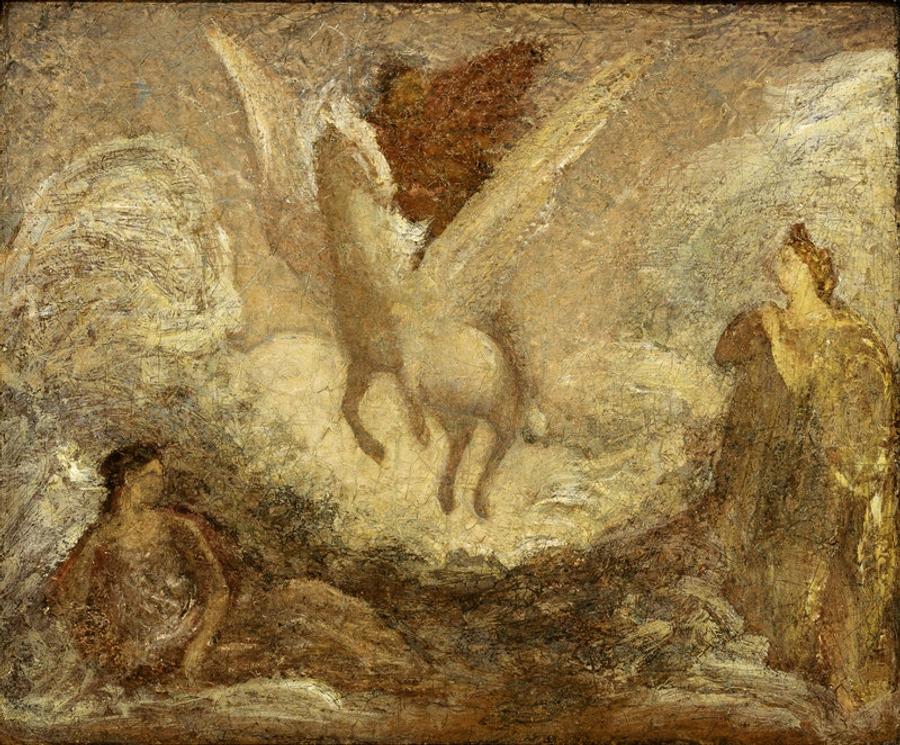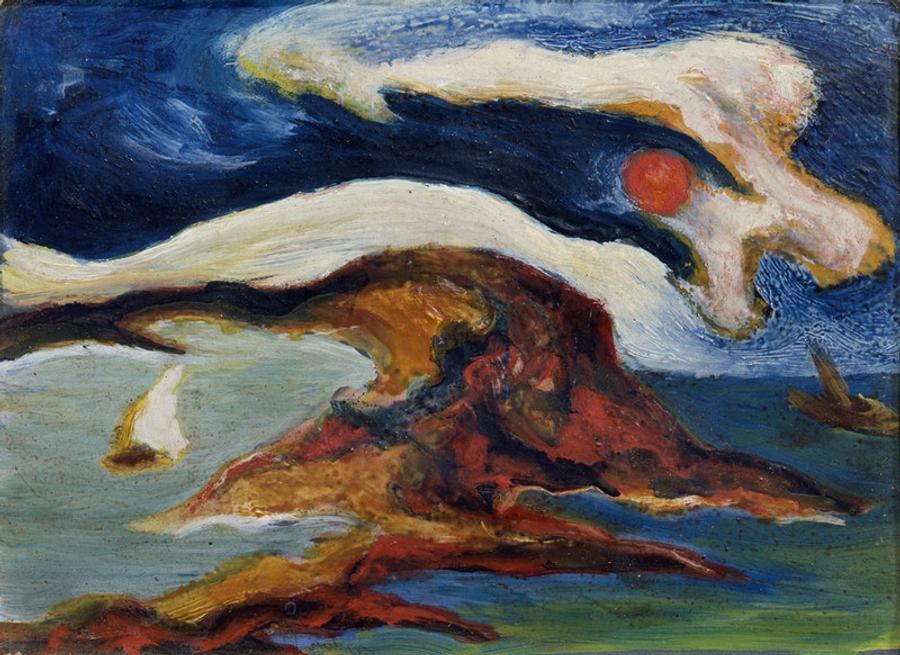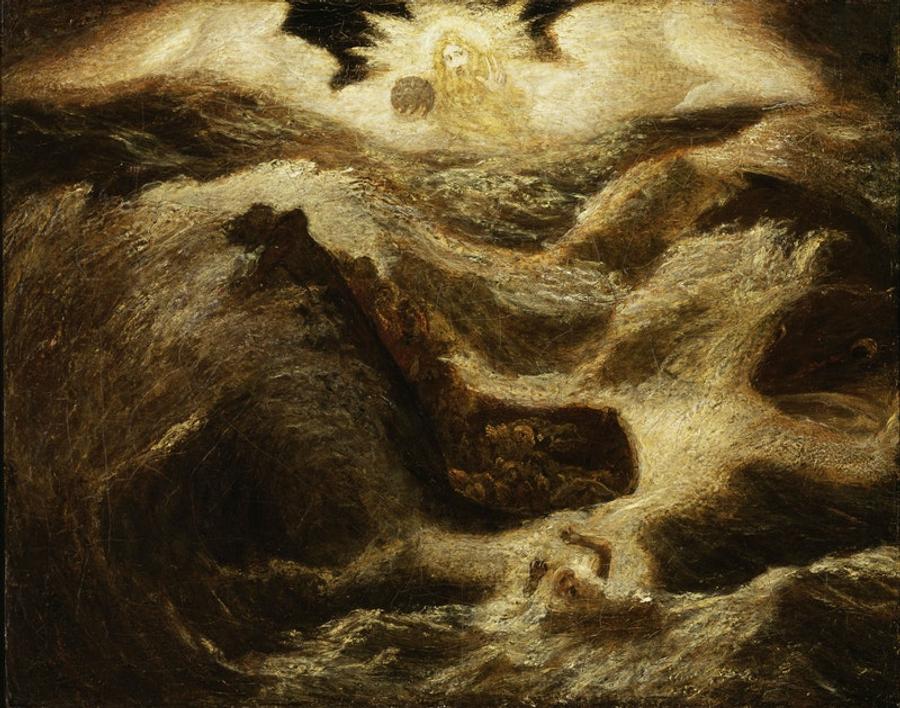

An over view on YouTube
Ryder was a prophetic visionary, seeing and representing the world in a way that diverged from everyone else. To many, he is considered the father of American modernism, and perhaps, the most influential American artist in America. Jackson Pollock famously proclaimed in 1944 that “the only American master who interests me is Ryder.”
A Wild Note of Longing brings together Ryder’s most iconic paintings, including exceptional examples from the Smithsonian American Art Museum, such as Flying Dutchman, Jonah, and Pegasus Departing. Also included are Ryder paintings from the Brooklyn Museum, the Phillips Collection, the Wadsworth Atheneum, the Lyman Allyn Art Museum, the Toledo Museum of Art, and private collections.

A dozen paintings by well-known modernists such as Arthur Dove, Marsden Hartley, Jackson Pollock, and Wolf Kahn, who were inspired by Ryder’s experimental approach and abandonment of tradition, are featured. Ryder’s ongoing influence is revealed through works by present-day artists including Bill Jensen, Pousette-Dart (both Nathaniel and Richard), Lois Dodd, Peter Shear, Katherine Bradford, and Emily Auchincloss.